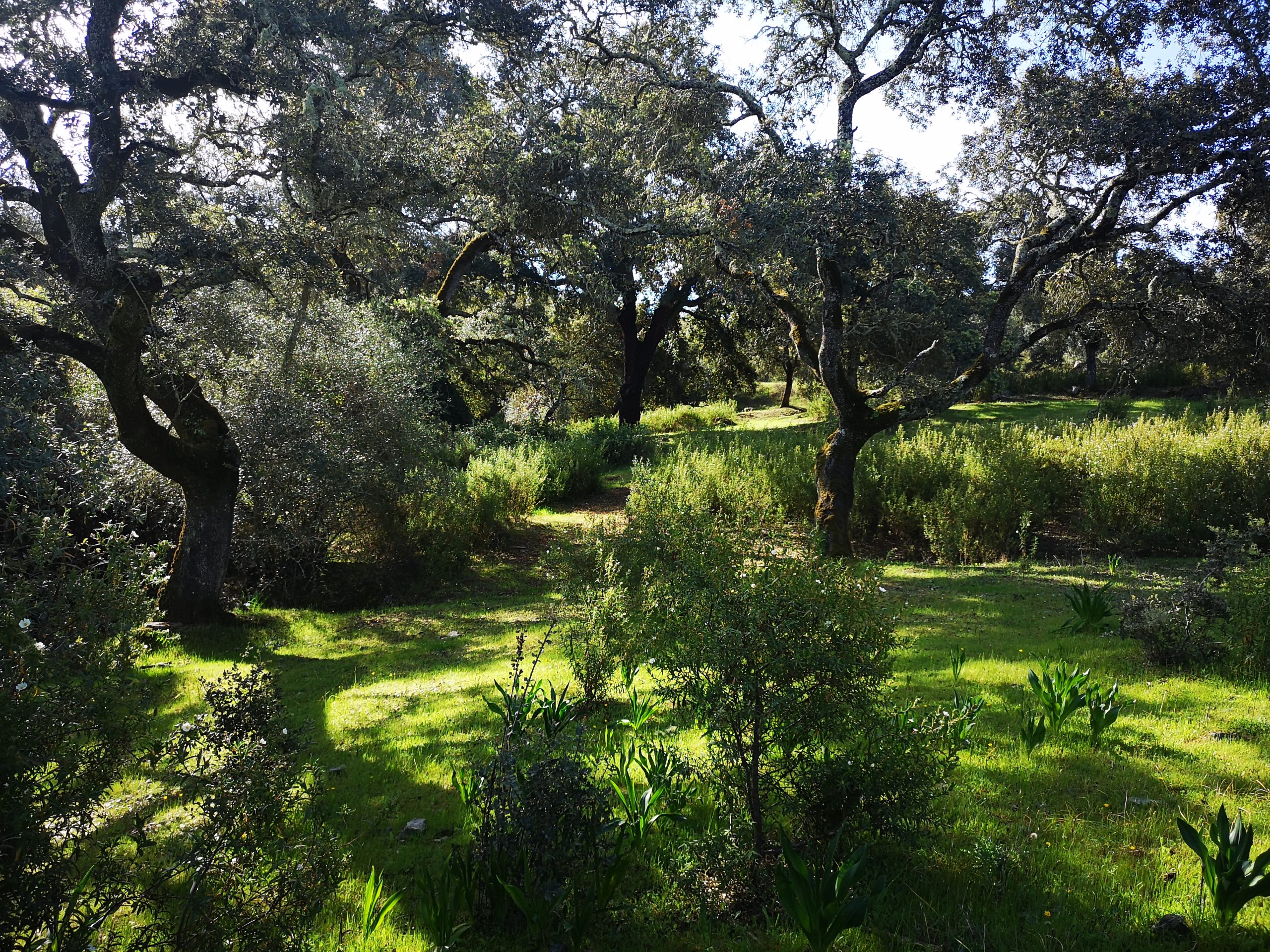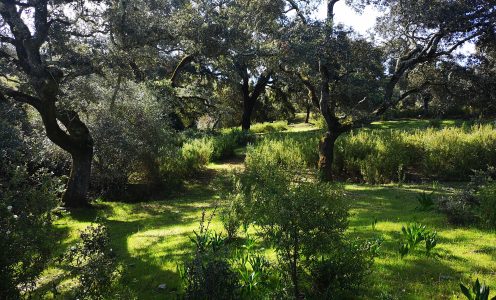
The question on “how to start a permaculture garden” is one of the most asked questions. It is hard to believe but we asked that same question less than a year ago. We were dedicated and we started our own permaculture garden. We were raw amateurs back then and we are still learning. On this beautiful journey we gained valuable knowledge and experience about permaculture gardening. We are happy to assist you when you ask: “how to start a permaculture garden?” Many obstacles and problems we faced during our journey of permaculture farming.
Here are some pointers about what we have learned:
● Observe the space longer than what you thought is necessary. Do it till you aren’t surprised anymore by what there is.
● Decide what you need from the garden and what you love. Sow, buy or plant what you like to grow in your garden.
● Ensure that water is retained in the soil after rain or irrigation.
● Add ten times more compost than you thought is necessary.
● Mulch everything.
● And most importantly …. ENJOY what you are doing.
What inspired me to grow permaculture garden?
Before COVID hit us and made half the world helpless, we were working in a different field but decided to change what we were doing. We found a piece of land on the border of Southern Spain and Portugal. We found a new challenge and therefore peace in the lap of Andalusia. Nature blessed us with stumbling on the idea of Loose and Natural. LooseNatural itself means letting yourself loose in nature. Being yourself in the presence of pure nature. At LooseNatural, you can be your real self. This idea of finding peace in nature, in soil, in plants, that gave us the concept of LooseNatural. We were adamant not to rob the soil, we wanted to feed the soil. With this framework we began our permaculture journey. With a blueprint of being loose in how we define what natural is, with only that orientation we started.
The inspiration behind beginning a permaculture journey can be different for different people, one may find peace within the process, one may love to grow plants, one may just want to grow food in the backyard and feast on it. We just have one thing to warn you though, the inspiration can hit you anytime anywhere. This we say with a great smile. COVID had to happen to inspire us to live a permaculture life.
Which plants were my first plantings?
Once we have decided about growing our permaculture farm, we were lost and confused about what to plant in the permaculture garden. It was like we wanted to plant everything, because who doesn’t like plants. Being pressed for time as we only arrived in late spring, we came up with a shortlist of plants. We decided to begin permaculture but now we had no idea of “how to start permaculture garden from scratch.” It was a difficult process and only after putting a lot of thought into it we settled on the planting of roses, moringa, lettuce, beetroot, onions and garlic as our first line of natural investment.
How was it at first?
Growing plants is like having a baby. Extremely exciting and extremely tiring. Having a baby at home is extremely exciting but taking care of the baby can be tiring sometimes. Having a garden is just like that. Having a garden is exciting but also tiring as the environment is not always suitable for what we want.
How it is now?
When we started the LooseNatural farm, we had little idea about permaculture. With experience we got to learn about the natural effects on crops coming from plants. Every environmental change can affect the harvest in a dramatic way. Out of the blue we experienced temperatures of more than 40 degrees Celsius and we had to come up with the solution to save the plants. This was no easy task. Our whole focus changed from planting to watering plants. One year later and we have a much better idea of what the rainfall is like, what the soil is like and what the heat and cold are like.
Which problems did I face?
In the early stages of permaculture farming on the LooseNatural farm, we knew how to grow plants but we faced many challenges but when we got a little more experience through being aware of what the real weather situation is. Low rainfall, extreme heat, extreme cold, grasshoppers and deer were not part of our gardening past. Sometimes there was no rainfall, suddenly we experienced extreme heat which unexpectedly turned into a cold spell. So, we had to come up with the solutions to save the plants under every weather conditions. The arrival of grasshoppers that would consume an entire plant in a short time period and the nightly visits of deer that would nibble on the tips of the trees we have planted, all these were quite surprising to us.
Nature causes many harsh conditions.
Nature is the almighty. You can not go against it. During our permaculture farming journey we had to face many natural crisis on our LooseNatural farm. It is emotionally challenging to face such situations but one should not get afraid of what nature reveals. One should stand tall so that your plants can grow tall. The drought and heat left us with extremely hard clay soil and narrowed the variety of plants that we could grow.
How did we overcome the problems?
What we have learned from life is that you should never stop when you face any problem. When we faced hurdles in our permaculture farming journey, we started finding solutions. Right now we are looking into harvesting fog to be more moist as I have many swales already. We planted a 1000 trees to provide shade against the heat and frost. We will employ chickens against the grasshoppers and get a dog against the deer. LooseNatural is a permaculture farm where we are growing many plants varieties. One year’s journey has taught us many valuable responses to nature. Therefore we have many interesting articles and exciting videos on our YouTube channel. Stay in touch with us and let yourself loose with natural.
We hope you have understood how to start permaculture garden and we wish you all the best for your permaculture journey.


